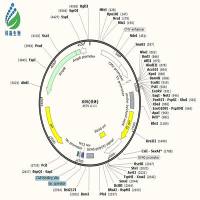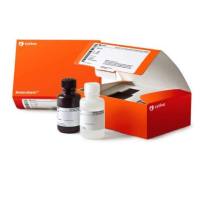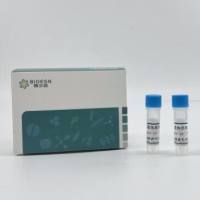Bioluminescence in Immobilized Cells for Biomass Detection and Biosensor Applications
互联网
492
Bioluminescence measurements have become extremely popular because of good sensitivity and the ability to quantitate a wide variety of analytes. Only recently have these measurements gained particular interest in relation to the study of gene expression and regulation. The firefly luciferase system is the most frequently used bioluminescent reaction, in which adenosine triphosphate (ATP) is used to generate light. ATP is often used as a measure of cell biomass, because the intracellular level of ATP is rather constant and is rapidly degraded upon cell death. The bioluminescence principle has been used successfully in a variety of biosensor applications, mostly for the environmental monitoring. In this chapter we describe detection of viable biomass in free and immobilized cells and outline a few applications, where this approach can be used for biosensor construction. We demonstrate the advantages of bioluminescence by two protocols for detection of ATP and viable biomass in free and immobilized cell samples, which have been proved very rapid and accurate. This indicates that bioluminescence measurements are a good indicator of cell viability and can be widely applied in a number of areas such as biotechnology and food industry.









